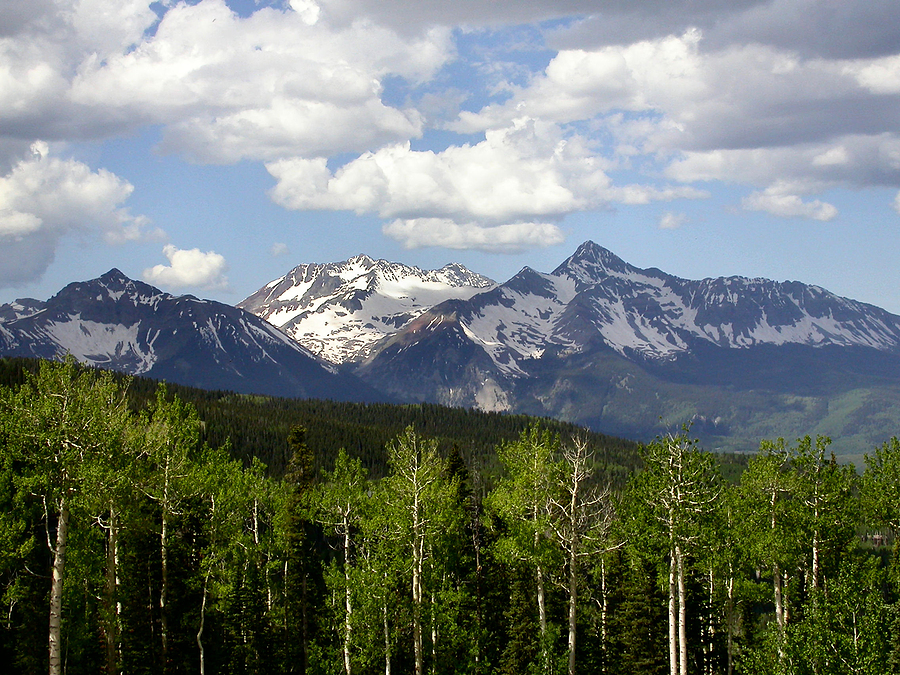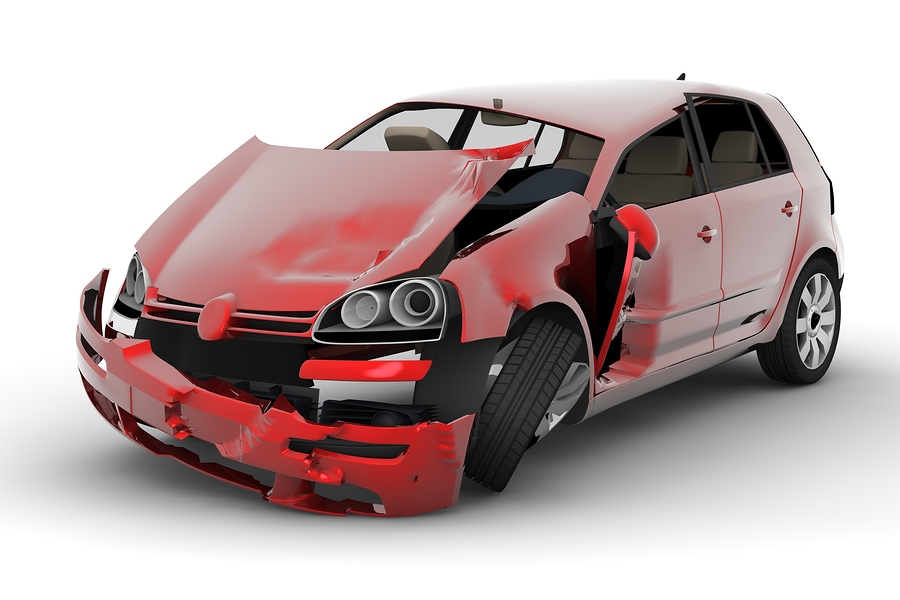Driving through the rocky mountains of Colorado is scenic, but it has risks you may not find on other roads. Think of safety first because overlooking anything might put you in a predicament requiring a Colorado car accident attorney.
Below are the tips that will help you to navigate Colorado Rocky Mountains with safety.
Plan your route in advance
Cell phone coverage around the mountains is unreliable and can be non-existent in a flash. Plan your trip early. Searching for information on the move might disappoint you, especially when driving off the highway. Avoid the frustrations of driving around without knowledge by carrying the latest version of an on-paper map, even if your smartphone handles network challenges better. Check for any snow closures and updated highway conditions when the cell phone signal functions.
Prepare for unexpected weather changes
The weather around the mountains can be sunny, only for hail to start within minutes. The sunny conditions might not be challenging to handle but remember to ′winterize′ a vehicle before a Colorado drive. Ensure that the brakes and engine are up to the task. Clean the lights, wiper blades and fill all fluids. Check the exhaust pipe for any snow or ice clogging because it might cause carbon monoxide from creeping into the car when the engine is running. Carry a winter survival kit with essential items like a shovel, tire chains, sand, and kitty litter for over-ice trekking. Check antifreeze and ensure the ratio of coolant to water is 60/40.
Adhere to traction laws
Colorado has traction laws to secure road users and failing to follow leads to fines. Colorado Department of Transportation can issue Traction law (code 15) when you are already at the place. It is essential to have the traction requirements to avoid getting caught without options. An active Code 15 requires motorists to have one of these to navigate through snow or ice safely.
- Snow tires
- Tire chains
- Traction device
- Tires with mud plus snow (M+S) designation
- All-wheel or 4-wheel drive vehicle
Have brakes in the best condition
Driving in Colorado involves riding up and down hills. The brakes should be at their best to slow or stop the car in time. Use low gears (third, second, or L for automatic vehicles) to initiate engine braking. It slows the vehicle without the need to step too hard on the brakes. Overexerting the brakes can cause them to overheat or fade and fail. Stop for a while if you step on the brakes to let them cool.
Drive slowly on unfamiliar sections
Drive slowly on roads you do not know well, as Colorado mountain roads are intimidating to many. Drive at a comfortable pace for you and the vehicle for the best reaction in case of an emergency. It is no use to rush and hit the car against another or roll. A Colorado car accident attorney will have a difficult time representing a negligent driver. Drive on the right lane unless you are overtaking or following instructions by the traffic department. Note that the designated passing spots on the mountain roads are short and few. Keeping to the right allows faster drivers to pass on the left and prevent creating traffic back up.
Many roads in Colorado are open to all methods of transpiration. However, watch out for tractors, cyclists, horses, and skateboards. These and animals that frequently cross the roads affect typical traffic patterns. Drive at a speed that allows safe braking if any of them gets in the way.
Image Source: BigStockPhoto.com (Licensed)
Related Categories: Cars & Vehicles, Reviews, Safety, Travel








